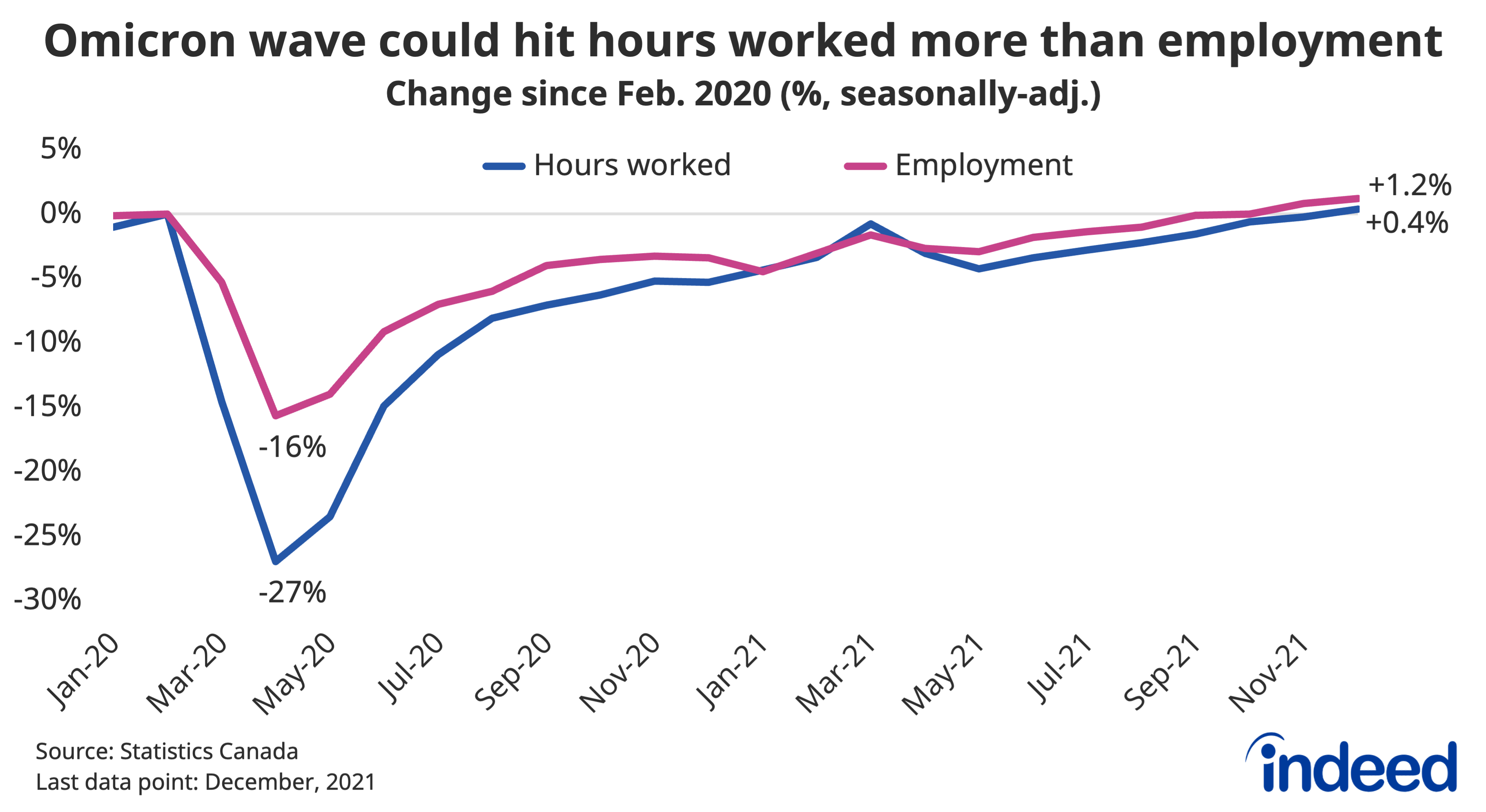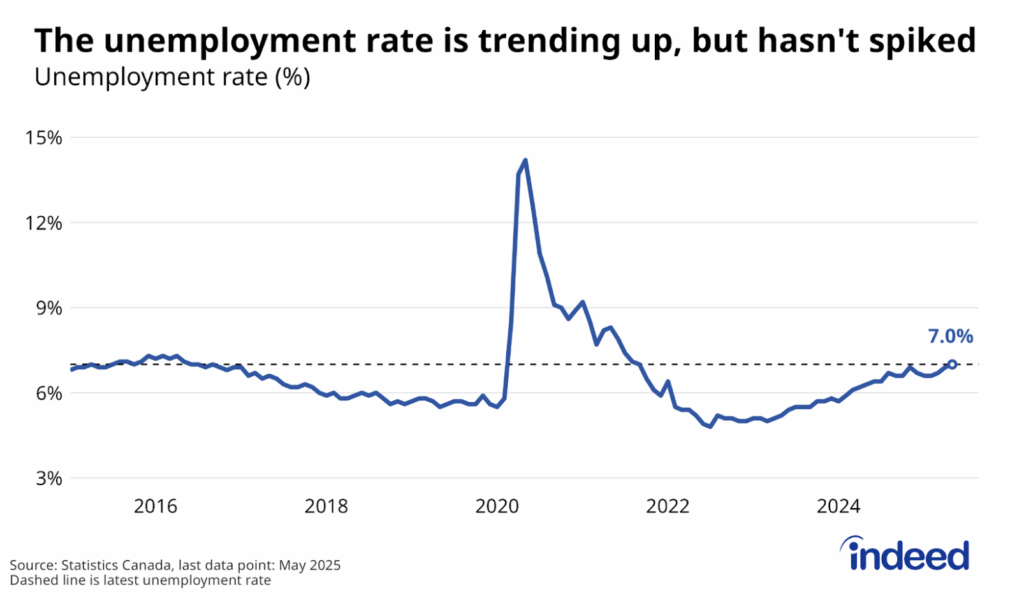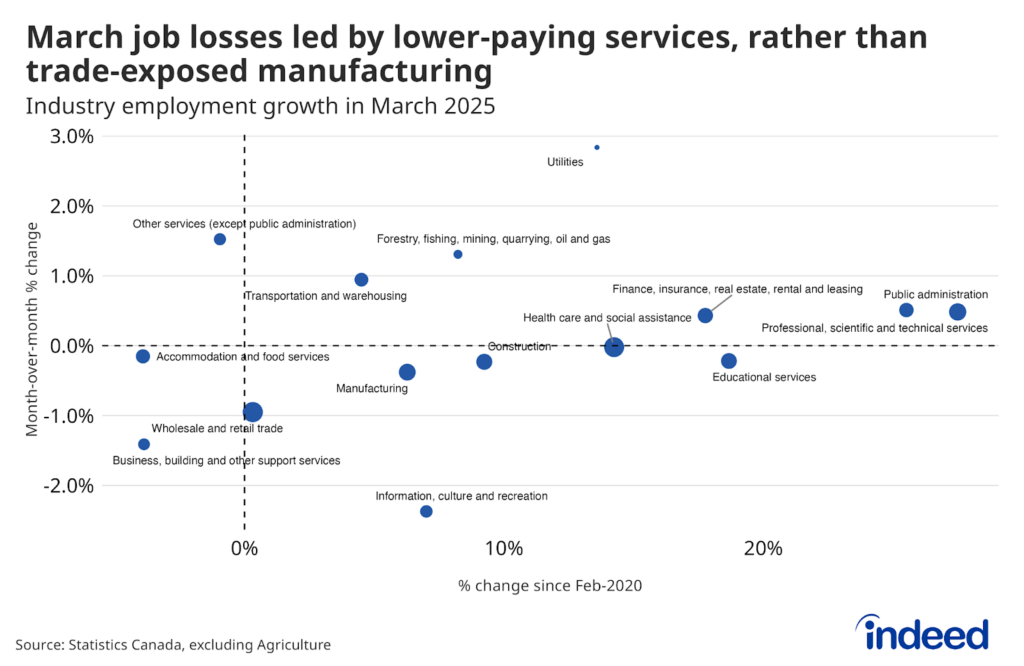After half a year of steady progress, the January Labour Force Survey will help fill in the details of how hard the Canadian job market was hit by the pandemic’s latest wave.
When it comes to employment levels, the impacts of the second and third waves in early 2021 provide a guide for what to watch out for: job losses in industries most vulnerable to the pandemic and public health restrictions, led by accommodation and food services.
At the same time, the impacts of the latest wave could be felt beyond just net job growth. Some workers might not have been technically laid off, but recorded as absent instead. These could include:
- Employees whose workplaces are temporarily shuttered.
- Those away from work taking care of children or family, including those impacted by school closures in some provinces.
- People infected with COVID-19, or self-isolating, especially relevant given the recent record number of cases.
One metric to track that will help summarize the overall impacts on employment and absences together will be the change in total hours worked. Hours worked plunged more at the onset of the pandemic than employment itself, a pattern we’re likely to see repeat in January. The key questions for the labour market this time are more around magnitudes, how long the effects linger going forward.






